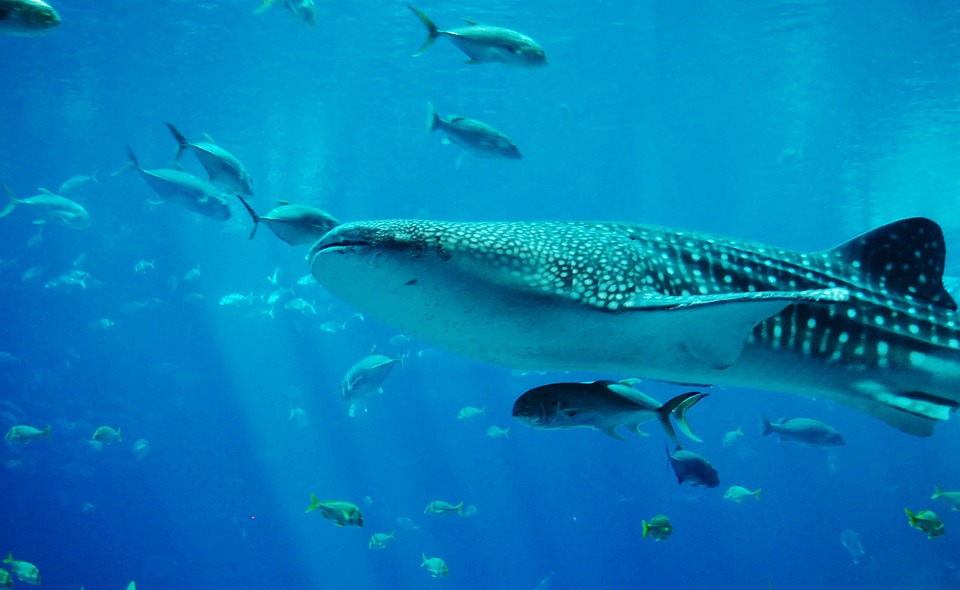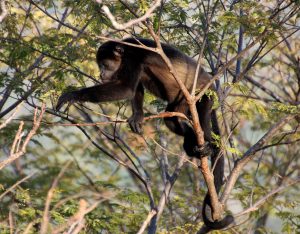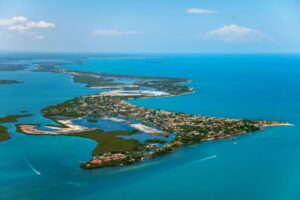Although today Tikal is an isolated site located deep within the jungles of Tikal National Park in Guatemala’s El Peten department, more than 1,400 years ago Tikal was a powerful city-state that dominated the Maya world.
Tikal was declared a UNESCO World Heritage site in 1979 in recognition of the superb public squares, palaces, and enormous temples that have survived intact for more than a millennia in the jungle. Probably the most famous building in Tikal are the five enormous temples that dominate the landscape. Temple IV (four) is the the largest pyramid ever built by the Maya and measures more than 230 feet (70 meters) tall. The adjacent Temple V (five) is nearly as tall, measuring 187 feet (57 meters) tall. All of the principal pyramids and temples were built to honor special dates in the Maya calendar and were used for special religious ceremonies.
Tikal was first founded in the Preclassic Period (around 800 BC) and grew to be one of the dominant city-states in the Maya Empire before it was abandoned around 900 A.D. The greater Tikal complex is a protected bio-reserve of more than 57,600 hectares (142,000 acres) of wetlands, forests, and jungle that harbor a wide spectrum of plants and animals including 300 species of birds, a half-dozen species of monkeys, and five great cat species, including the Jaguar and Puma.
Beyond the impressive temples and pyramids that have made Tikal such an iconic location, visitors can explore more than 400 hectares (1,000 acres) of roads, terraces, public squares, ball game courts, and residences, many of which are covered in elaborate stone carvings or painted with Maya hieroglyphics that describe the history of the city. One of the most popular attractions in Tikal is known as the “Lost World” complex (“Mundo Perdido” in Spanish) that sits just southwest of Temples I and II. Many of Tikal’s ruling elite were buried in the cemetery adjacent to the site.
During its long history, Tikal had an active relationship with such important sites as Teotihuacan (later the Aztec capital) and Calakmul in Mexico, Copan in Honduras, and Caracol in Belize. Tikal is widely recognized for its wealth of art, unparalleled architecture, and large-scale engineering that demonstrate the genius of the ancient Maya.
Sanctuary of the Nine Maya Gods
To experience Tikal and a Guatemala/Belize holiday at its finest, Chabil Mar offers a complete vacation package that includes seven nights at luxury resorts, transportation, and a boat trip across the fabulous Mystic Lake Peten Itza to the see Tikal and the surrounding area.












